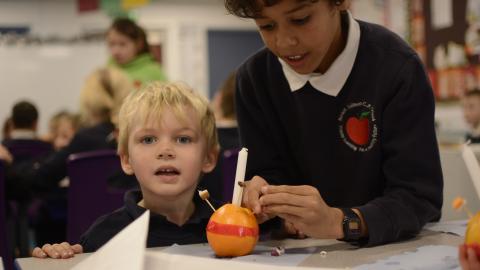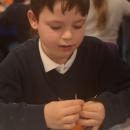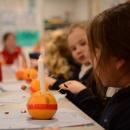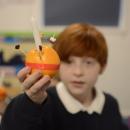Today, all children across school took part in making Christingles in Class 3. It was lovely to see the older children working together with some of our younger pupils, and sharing their creativity. We hope they made them home in one piece!
What is Christingle?
Christingle is a joyful celebration that brings families and communities together to share the light of Jesus and spread a message of hope.
Christingle celebrations are named after the Christingles that are lit during the ceremony. Christingles are oranges wrapped in red tape, decorated with dried fruit or sweets, with a candle on the top.
During a Christingle service, each person takes a Christingle and the candles are all lit to create a warm, magical glow symbolising the light of Christ and bringing hope to people living in darkness.
Christingles are made using oranges and a few other bits, as you choose. You light the candle at the end of a service to spread a magical glow around everyone.
Each element of a Christingle has a special meaning and helps to tell the Christian story:
- The orange represents the world
- The red ribbon (or tape) symbolises the love and blood of Christ
- The sweets and dried fruit represent all of God’s creations
- The lit candle represents Jesus’s light in the world, bringing hope to people living in darkness.
History of Christingle
Christingle celebrations have been taking place for over 50 years. Our first Christingle service took place at Lincoln Cathedral in 1968, but Christingles themselves go back much further to the Moravian church in Germany.
At a children’s service in Marienborn in 1747, Bishop Johannes de Watteville looked for a simple way to explain the happiness that had come to people through Jesus, and created a symbol — the Christingle — to do this.






















